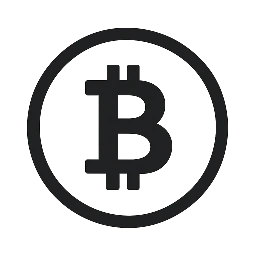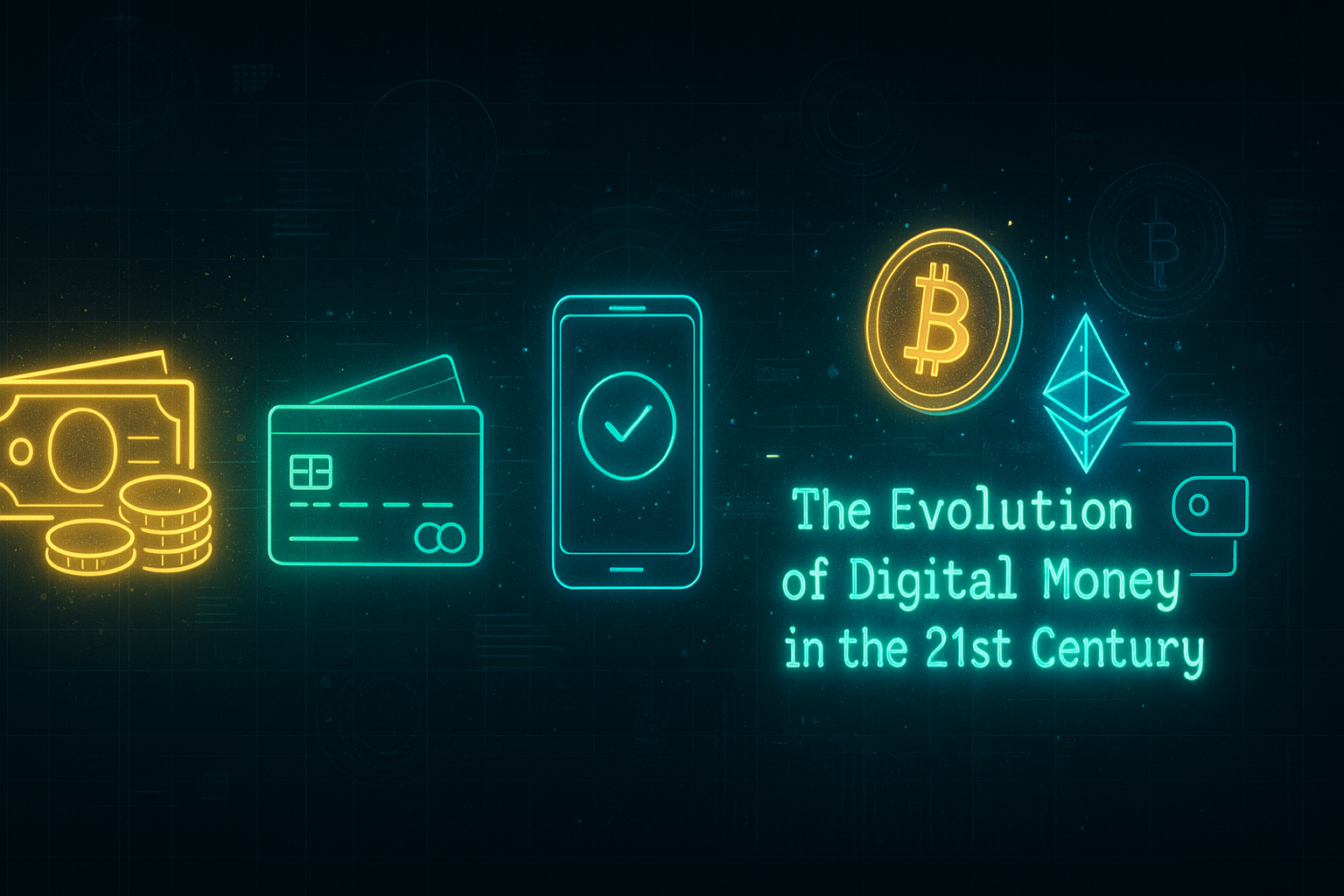In the early 2000s, money mostly meant cash in your pocket, plastic cards in your wallet, and balance statements from your bank. But today, the idea of money has completely shifted. From mobile wallets and contactless payments to cryptocurrencies and decentralized finance, money has evolved from paper to code.
This article explores how digital money has transformed over the past two decades and where it might be heading next.
From Physical to Digital: The First Phase
The transition started with basic digitization. Online banking allowed people to manage funds remotely, and debit and credit cards reduced the need to carry cash.
Key milestones:
- In the early 2000s, online banking became widely adopted.
- In 2007, M-Pesa launched in Kenya, allowing mobile-based peer-to-peer transfers without a bank.
- Between 2011 and 2015, mobile wallets like PayPal, Venmo, Apple Pay, and Google Wallet gained popularity across global markets.
This phase digitized traditional currency, but it still operated through centralized systems—mostly banks and card processors.
The Emergence of Bitcoin and Decentralized Currency
In 2009, Bitcoin introduced a radically different concept: a peer-to-peer digital currency that didn’t require trust in a central bank or institution. Built on blockchain technology, Bitcoin brought two major innovations:
- A fixed supply of 21 million coins
- A decentralized ledger shared across thousands of nodes
Bitcoin became especially relevant in countries with unstable currencies, where people used it as a store of value. It also sparked a broader movement: the birth of the cryptocurrency industry.
Read more: How Bitcoin Works
Ethereum, Tokens, and Programmable Money
Bitcoin was just the beginning. In 2015, Ethereum introduced the concept of smart contracts—code that can automate transactions without a middleman.
This gave rise to:
- ERC-20 tokens (standardized digital assets)
- Decentralized applications (dApps)
- New use cases like tokenized art (NFTs), crowdfunding (DAOs), and on-chain identity
Ethereum enabled programmable money, where logic could be attached to digital assets. This marked the beginning of composable, open financial systems.
DeFi and Peer-to-Peer Finance
Between 2019 and 2023, Decentralized Finance (DeFi) gained serious traction. Platforms like Uniswap, Aave, and Compound allowed users to lend, borrow, and swap tokens directly from their wallets—without banks or brokers.
With DeFi:
- Anyone could earn yield on stablecoins like USDC
- Collateralized loans could be taken in seconds
- Governance was managed by token holders through DAOs
While still experimental, DeFi challenged traditional banking with open access and global reach.
Stablecoins: Digital Dollars With Stability
To bridge the volatility of crypto with real-world use, stablecoins like Tether (USDT), USDC, and DAI emerged. These are blockchain-based tokens pegged to the U.S. dollar, giving users the benefits of crypto without price swings.
Stablecoins are now widely used for:
- Cross-border payments
- Trading on crypto exchanges
- On-chain payroll and remittances
They play a key role in the real-world adoption of digital money and have even influenced central banks.
Central Bank Digital Currencies (CBDCs)
As crypto adoption grew, governments began exploring their own digital currencies. Central Bank Digital Currencies (CBDCs) are state-issued digital versions of fiat money—backed and regulated by the government.
Examples:
- China’s Digital Yuan (e-CNY)
- The European Central Bank’s Digital Euro
- The U.S. Digital Dollar Project
CBDCs could offer faster payments, lower transaction fees, and more financial inclusion—but they also raise questions about surveillance, privacy, and monetary control.
The Next Phase: Tokenized Everything?
Looking ahead, money may not just be cash or crypto—it might be tokens that represent everything:
- Shares of real estate
- Rights to digital content
- Carbon credits
- Community or creator tokens
Money is becoming programmable, interoperable, and borderless. And it’s happening in real time.
Final Thoughts
The evolution of digital money in the 21st century has been rapid and layered. We started with digital banking, moved to decentralized currencies, and now stand at the edge of programmable economies.
Whether it’s Bitcoin changing the definition of currency or smart contracts redefining how we interact with value, the future of money is no longer a slow institutional process—it’s agile, open, and constantly evolving.
Let me know if you’d like this turned into a carousel post, Google Doc, or visual summary next.


Leave a Reply